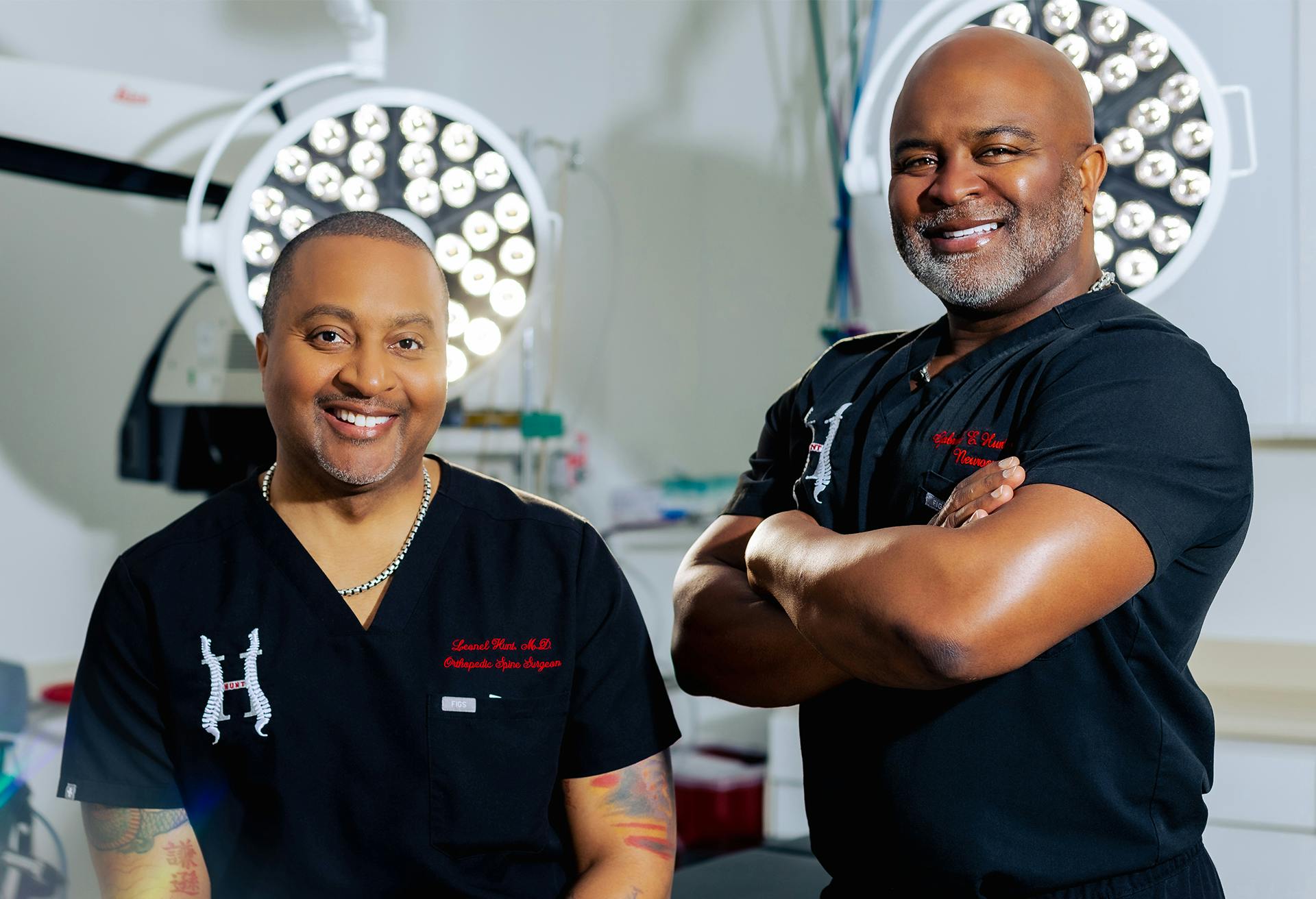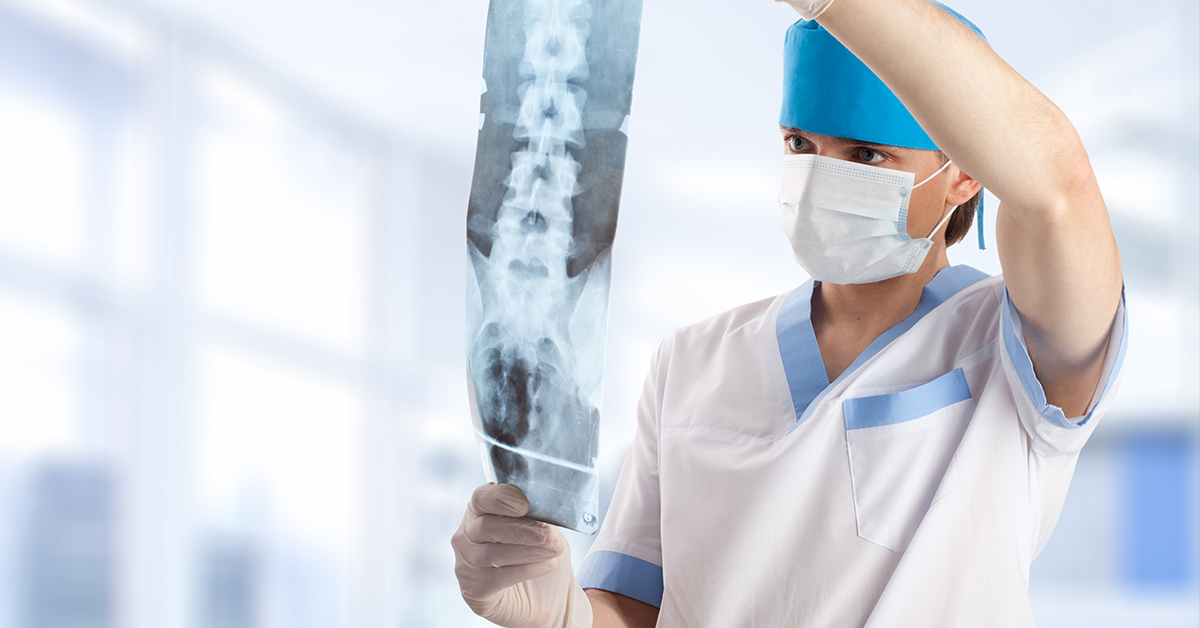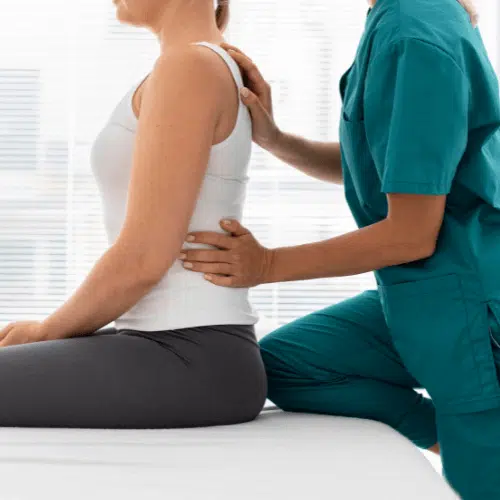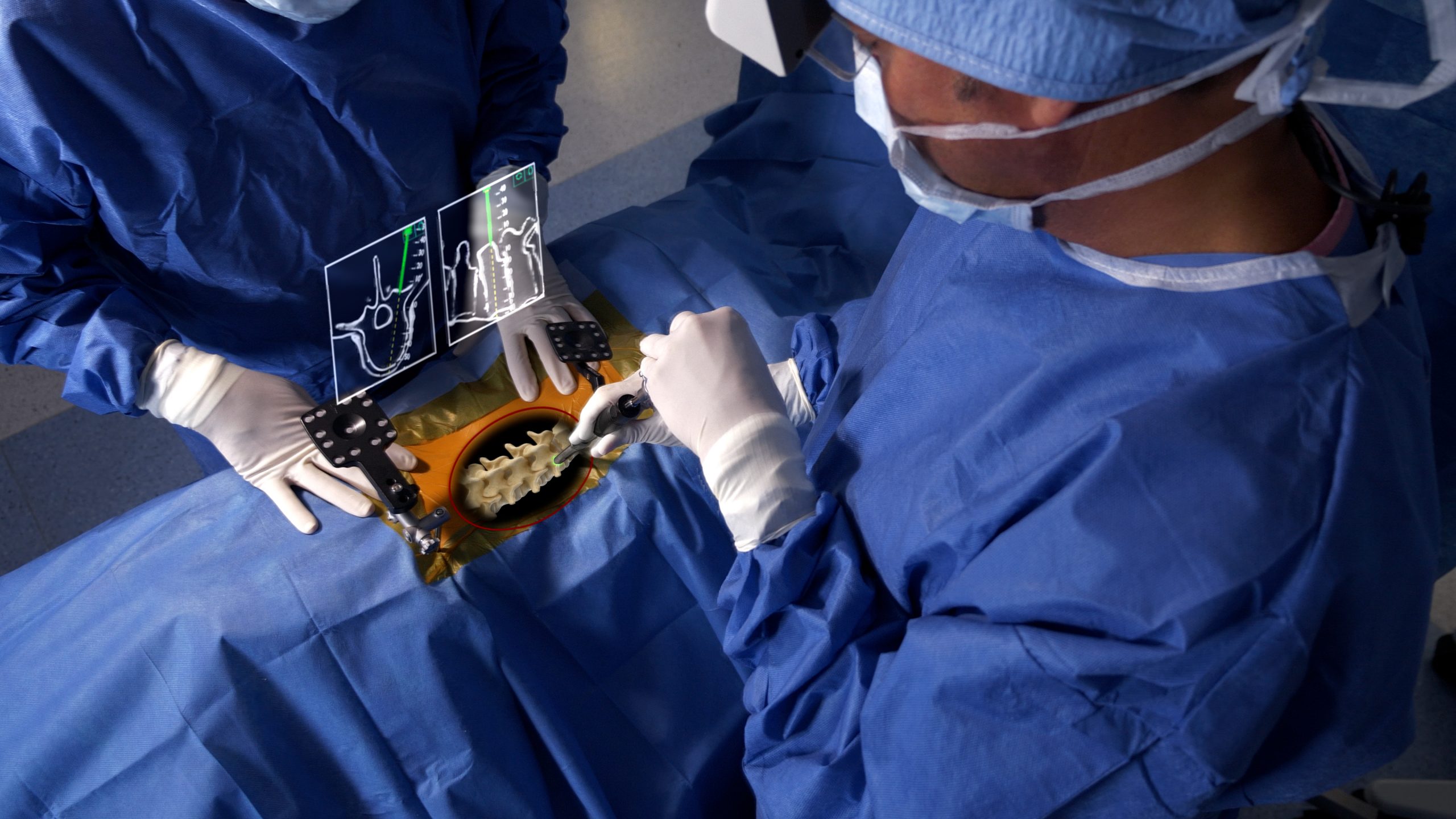The Current Developments by the Best Spine Surgeons in St Louis MO
The Current Developments by the Best Spine Surgeons in St Louis MO
Blog Article
An Introduction of Spinal Column Conditions That Commonly Lead To Surgical Treatments
Spinal column problems such as herniated discs, back constriction, and degenerative disc disease frequently require medical treatments when conventional treatments stop working to reduce persistent symptoms. These problems not only cause considerable discomfort however can likewise significantly hinder everyday functioning and overall lifestyle. Understanding the nuances of each problem and the equivalent medical choices, such as discectomy or spine combination, is important for efficient management. As we explore these problems additionally, it ends up being apparent that the decision-making process bordering medical treatment is multifaceted and warrants mindful factor to consider.
Herniated Discs
Although lots of people with herniated discs may find alleviation with conventional treatments, surgery becomes an essential consideration when symptoms linger or aggravate - best spine surgeons in st louis mo. A herniated disc occurs when the soft internal gel of a spine disc extends through its external layer, possibly leading and compressing close-by nerves to pain, tingling, or weakness in the extremities
Conventional management commonly includes physical treatment, pain medications, and corticosteroid shots, which aim to decrease swelling and improve feature. In instances where these methods stop working to relieve debilitating signs, medical alternatives may be checked out.
One of the most usual operation for herniated discs is a discectomy, which includes the removal of the herniated part of the disc to relieve pressure on the impacted nerve origin. In extra severe cases, spine blend may be required to stabilize the influenced vertebrae.
Clients are suggested to go over the potential dangers and advantages of surgery with their doctor to make an educated choice. Inevitably, the objective of any medical treatment is to recover feature, relieve discomfort, and boost total top quality of life for people enduring from herniated discs.
Back Constriction
Spine stenosis occurs when the spaces within the back slim, bring about boosted stress on the spine and nerves. This problem can establish in various regions of the spine, including the cervical and back locations, typically because of age-related changes, such as degenerative disc disease, joint inflammation, or enlarging of ligaments.
Patients with back constriction may present with signs and symptoms that consist of discomfort, numbness, prickling, or weak point, largely in the legs or arms. These signs and symptoms can be exacerbated by activities that involve standing or walking, often leading people to look for alleviation through traditional treatments like physical treatment, medicines, or epidural steroid injections.
However, when these non-surgical treatments fall short to offer appropriate alleviation, surgical choices might be considered. Typical medical procedures for spine stenosis consist of laminectomy, which entails the removal of part of the vertebra to minimize stress, and back fusion, which stabilizes the afflicted location.
Spondylolisthesis
Spondylolisthesis takes place when one vertebra slides forward over one more, causing imbalance of the spine. This condition can result from Source different factors, consisting of genetic defects, trauma, or degenerative changes in the spine. It is most frequently observed in the back area, specifically at the L4-L5 and L5-S1 levels.

When non-surgical methods fall short to alleviate signs and symptoms or when significant nerve compression is existing, surgical intervention might be necessitated. Surgical options can consist of back fusion or decompression procedures, intended at recovering alignment and relieving neurological symptoms.
Degenerative Disc Illness

The problem can be diagnosed through a mix of scientific examination, imaging research studies, and patient background. When these techniques stop working to provide ample alleviation, surgical treatments might be considered.
Surgical options for DDD might include spine fusion or fabricated disc replacement, targeted at stabilizing the influenced segment and alleviating discomfort (best spine surgeons in st louis mo). Eventually, the selection of therapy is individualized, taking into consideration the extent of the problem, patient wellness, look these up and lifestyle aspects
Back Growths

What elements add to the growth of lumps within the spine, and how do they materialize in individuals? Back lumps can arise from different aspects, consisting of genetic predisposition, environmental influences, and pre-existing medical conditions. They can be categorized as main growths, coming from the back, or second lumps, which spread out from various other areas of the body. People may present with a series of symptoms, including localized discomfort, neurological deficits, weakness, or modifications in bowel and bladder function, depending upon the lump's size and location.
Diagnosis usually includes imaging research studies such as MRI or CT scans, which help mark the growth's attributes and effect on surrounding frameworks. In analyzing therapy options, the lump's grade, kind, and place are essential considerations. Surgical intervention might be required to alleviate signs, obtain a biopsy, or get rid of the growth completely. The goal of surgery is typically to unwind neural components and maintain the spinal column. Adjuvant therapies, consisting of radiation or chemotherapy, might also be needed depending on the growth's nature. Early detection and treatment are crucial for maximizing results in clients with back tumors.
Conclusion
In summary, spinal column problems such as herniated discs, back stenosis, spondylolisthesis, degenerative disc illness, and back growths frequently demand medical treatment as a result of their potential to cause significant pain and useful impairment. While conservative therapies may use temporary alleviation, surgical alternatives become essential when signs worsen or persist. Timely diagnosis and intervention play an important duty in recovering feature and improving the quality of life for affected individuals, highlighting the value of extensive spine care.

Report this page